 Abraham Lincoln
If given the truth, the people can be depended upon to meet any national crisis...
Abraham Lincoln
If given the truth, the people can be depended upon to meet any national crisis...
 Guildford news...
for Guildford people, brought to you by Guildford reporters - Guildford's own news service
Guildford news...
for Guildford people, brought to you by Guildford reporters - Guildford's own news service
Birdwatcher’s Diary No.69
Published on: 29 Aug, 2014
Updated on: 29 Aug, 2014
By Malcolm Fincham
The second half of August brought with it a noticeable change in the weather, with maximum temperatures sinking for the most part below 20c.
With some dry sunny spells however it did remain warm enough to allow me what were possibly some last opportunities to get out and about in the hope of seeing some butterflies; and, with a bit of luck, photograph a couple that were due to start coming out on the wing that I hadn’t seen as yet.
This involed trip back to Denbies hillside at Ranmore near Dorking (previously visited back in July in report 66).
Sunday August 17 showed fewer butterflies than on that previous visit, with chalk hill blues that were seen then in abundance, now looking more scarce and rather tatty.
These had now been replace by the striking colour of the adonis blue, rarely seen anywhere but on sloping south-facing chalk lands in the south of the UK. Adonis, well known as the Greek god of beauty and desire, is certainly an apt name for such delightful critters.
Also to add to my year list that day was a silver-spotted skipper.
A few other buterflies out on show included a small heath.
Small tortoiseshell.
And a few speckled wood.
With temperatures remaining unseasonably cool, changes were becoming more evident with our avian species too, and with incoming reports that it was the turn of some of our summer visiting passerines to say enough is enough.
Whinchats, yellow wagtails and wheatears had already been spotted in a number of Surrey locations, as well as on our southern shore lines, preparing to make their long trips back to Africa.
Having so far missed out on seeing the ones reported locally, on August 23 I decided it was time for me to take a trip down to Farlington Marshes near Portsmouth, Hampshire to get a better chance to view some migrants before they fly south across the English Channel. Farlington is a nature reserve now familiar to readers of my previous reports.
On my arrival I was greeted by a robin making a few brief bursts of song within a hawthorn; one of many now starting to sing again after having been silent while going through its summer moult of feathers. But this one was still not brave enough to show itself!
Walking along the sea wall, now fully repaired from last winter’s storms and with the tide out, I noticed black-tailed godwits had started to arrive back from northerly breeding grounds to feed on the coastal mudflats and in the inland pools.
A flock of 30 or more goldfinches were also present, feeding on the thistles that had now started to seed.
Also a large flock of starling had started to gather – moving back and forth in unison between the fields and shoreline to feed.
While several of both male and female resident reed buntings could also be viewed.
Another resident bird also showing off well was a kestrel as it spent its time hovering over the meadows, occasionally making a dive for a small unsuspecting mammal.
Eventually taking time out to rest on a fence post after several unsuccessful attempts.
My first sighting of a migrating bird was a wheatear feeding by the sea wall.
Having later spotted at least another eight feeding in the fields, I managed to get a photo of a willow warbler – another bird soon to make its long flight back to Africa.
Personally, my most pleasing sightings of the day were in the areas surrounding cowpats in fields where the cows were grazing.
This is always a favourite place for me to spot yellow wagtails feeding – especially at migration time.
These birds can often be confused by some with our resident grey wagtails, that can be seen all year around often by our rivers and streams.
Both they are noticeably yellow, as seen from my photos.
Ending my day of photography while putting my cameras away was the realisation that a grasshopper of some description had hitched a ride on my camera strap – worth a photo I thought.
On my recent travels just south of Guildford I was fortunate to spot a small group of young woodlarks feeding in a horse paddock in Shamley Green.
I also had a brief chat with ‘top birdwatcher’ Brian at his Unstead Sewage Farm patch. He told me that record sightings of common buzzards have been seen so far this year with two juveniles also regularly seen in the area.
One of which looks very pale in its colouration, but definitely wasn’t confused with his sighting of the short-toed eagle which made an appearance there on July 12, making it the 200th species to be recorded at that site and an incredible personal 190th there for him I believe!
This was the same bird I had previously gone all the way to Ashdown Forest to see. Click here for my report.
It also made a brief appearance over Thursley Common the same evening as Brian saw it, although wasn’t officially reported there until several days later.
Meanwhile back on my own local patch in the area surrounding the Riverside Nature Reserve, my most pleasing sighting had to be on August 23 (and on several evenings since) being the return of a barn owl near Bowers Lock.
From a totally selfish point of view however, I do find myself savouring such moments.
With continued fears of building on green belt land around Guildford, such birds, along with many other species that since my youth I now rarely see locally, I believe will certainly struggle to exist in the future in this part of Surrey.
Recent Articles
- Guildford Institute’s Crowdfunding Project for Accessible Toilet in its New Community and Wellbeing Centre
- Letter: Guildford – Another Opportunity Missed?
- Letter: GBC’s Corporate Strategy – Where Is the Ambition?
- My Memories of John Mayall at a Ground-breaking Gig in Guildford Nearly Six Decades Ago
- Westborough HMO Plans ‘Losing the Heart of the Street’ Says Resident
- College Invests to Boost Surrey’s Economy and Close Digital Skills Gap
- Community Lottery Brings Big Wins for Local Charities
- GBC Housing Plan Promises ‘A Vibrant Urban Neighbourhood’ Near Town Centre
- Hospital Pillows ‘Shortage’ at the Royal Surrey
- Updated: Caravans Set Up Camp at Ash Manor School


Search in Site
Media Gallery
Dragon Interview: Local Artist Leaves Her Mark At One of England’s Most Historic Buildings
January 21, 2023 / No Comment / Read MoreDragon Interview: Lib Dem Planning Chair: ‘Current Policy Doesn’t Work for Local People’
January 19, 2023 / No Comment / Read MoreA3 Tunnel in Guildford ‘Necessary’ for New Homes, Says Guildford’s MP
January 10, 2023 / No Comment / Read More‘Madness’ for London Road Scheme to Go Ahead Against ‘Huge Opposition’, Says SCC Leader
January 6, 2023 / No Comment / Read MoreCouncillor’s Son Starts Campaign for More Consultation on North Street Plan
December 30, 2022 / No Comment / Read MoreCounty Council Climbs Down Over London Road Works – Further ‘Engagement’ Period Announced
December 14, 2022 / No Comment / Read MoreDragon Interview: GBC Reaction to the Government’s Expected Decision to Relax Housing Targets
December 7, 2022 / No Comment / Read MoreHow Can Our Town Centre Businesses Recover? Watch the Shop Front Debate
May 18, 2020 / No Comment / Read More



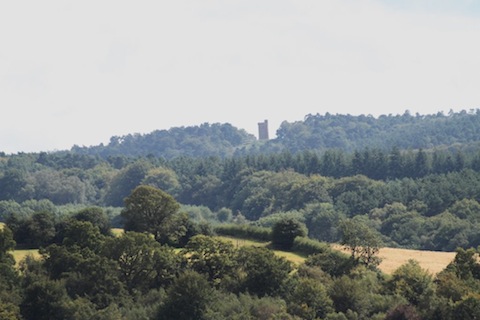

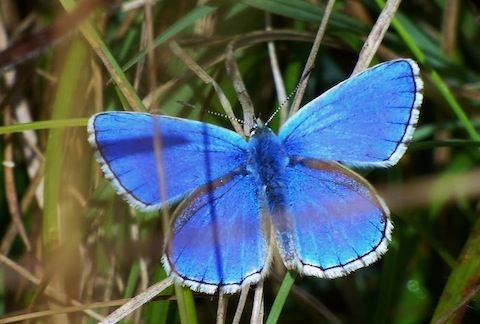
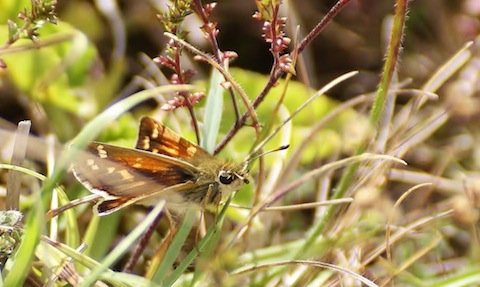
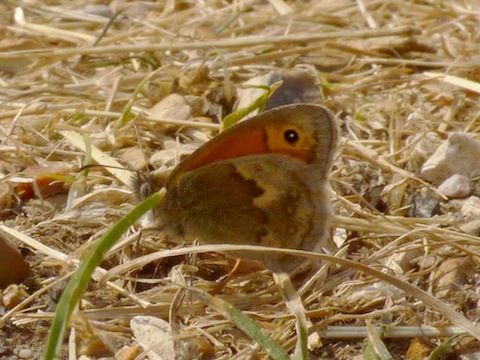
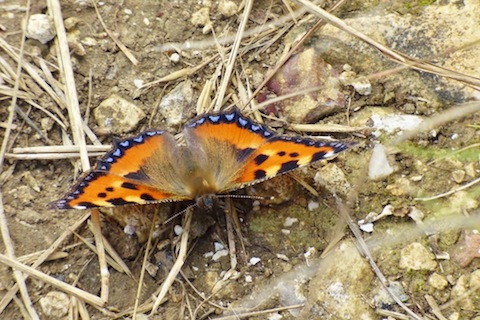
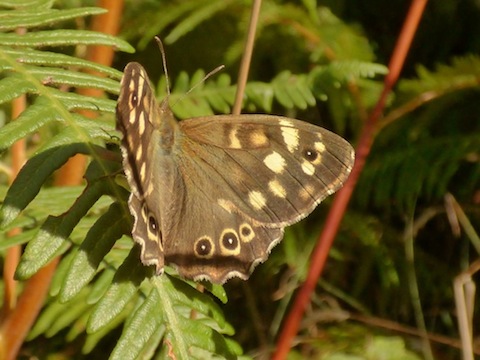
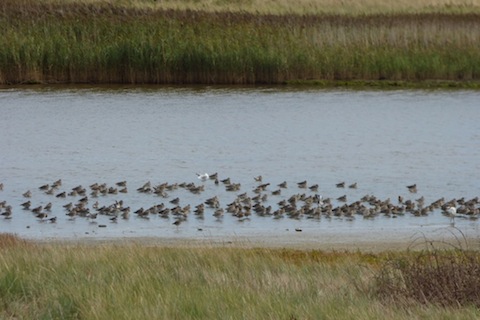
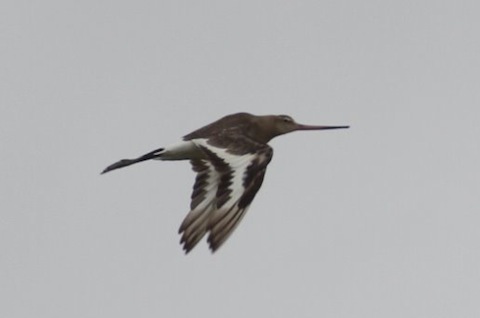
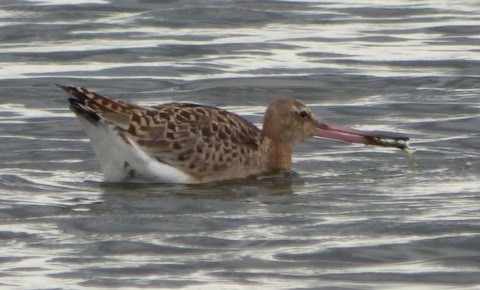
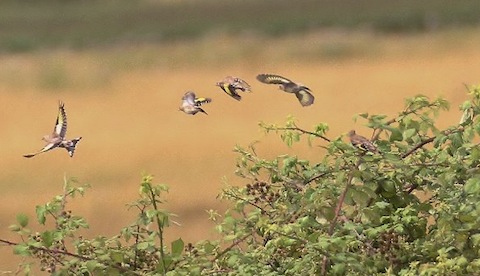
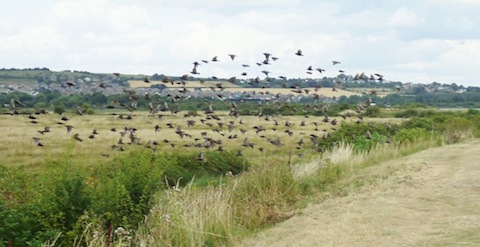
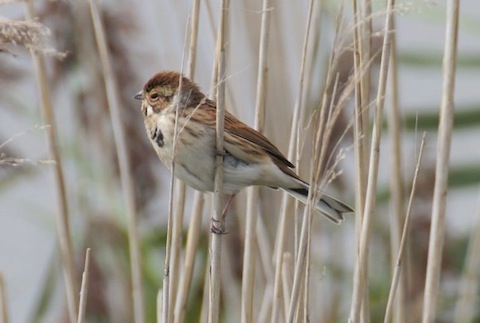
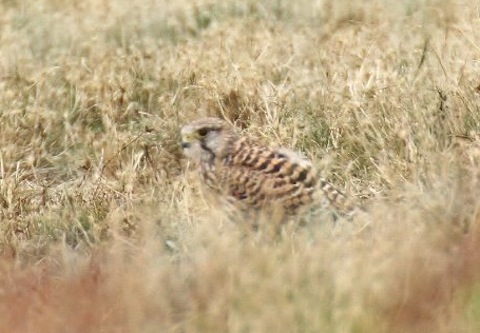

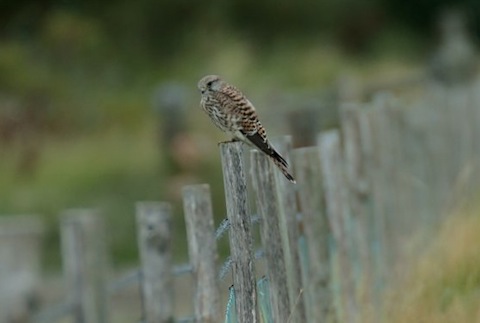

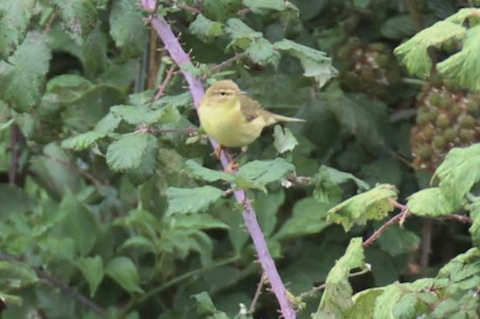

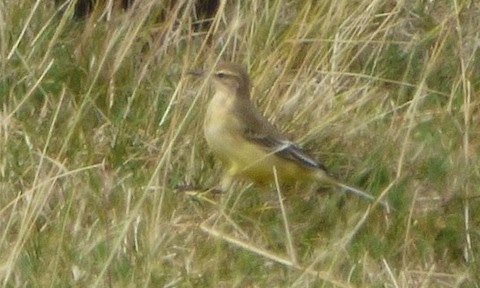
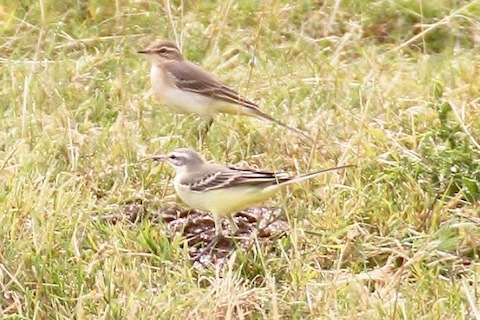
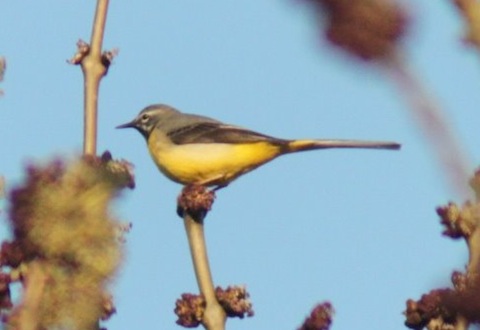
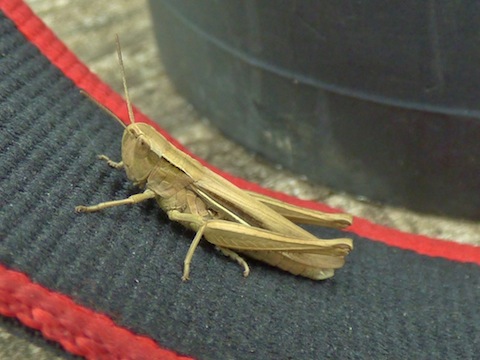
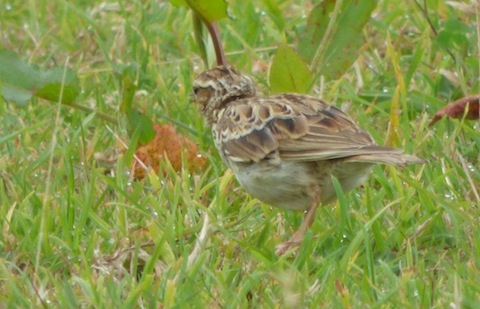

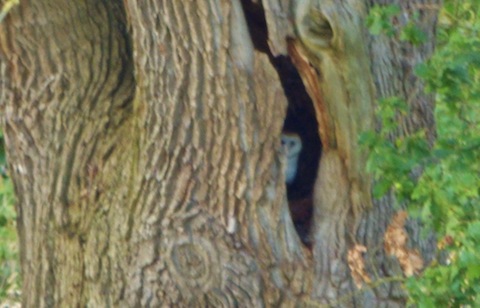






Recent Comments